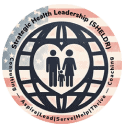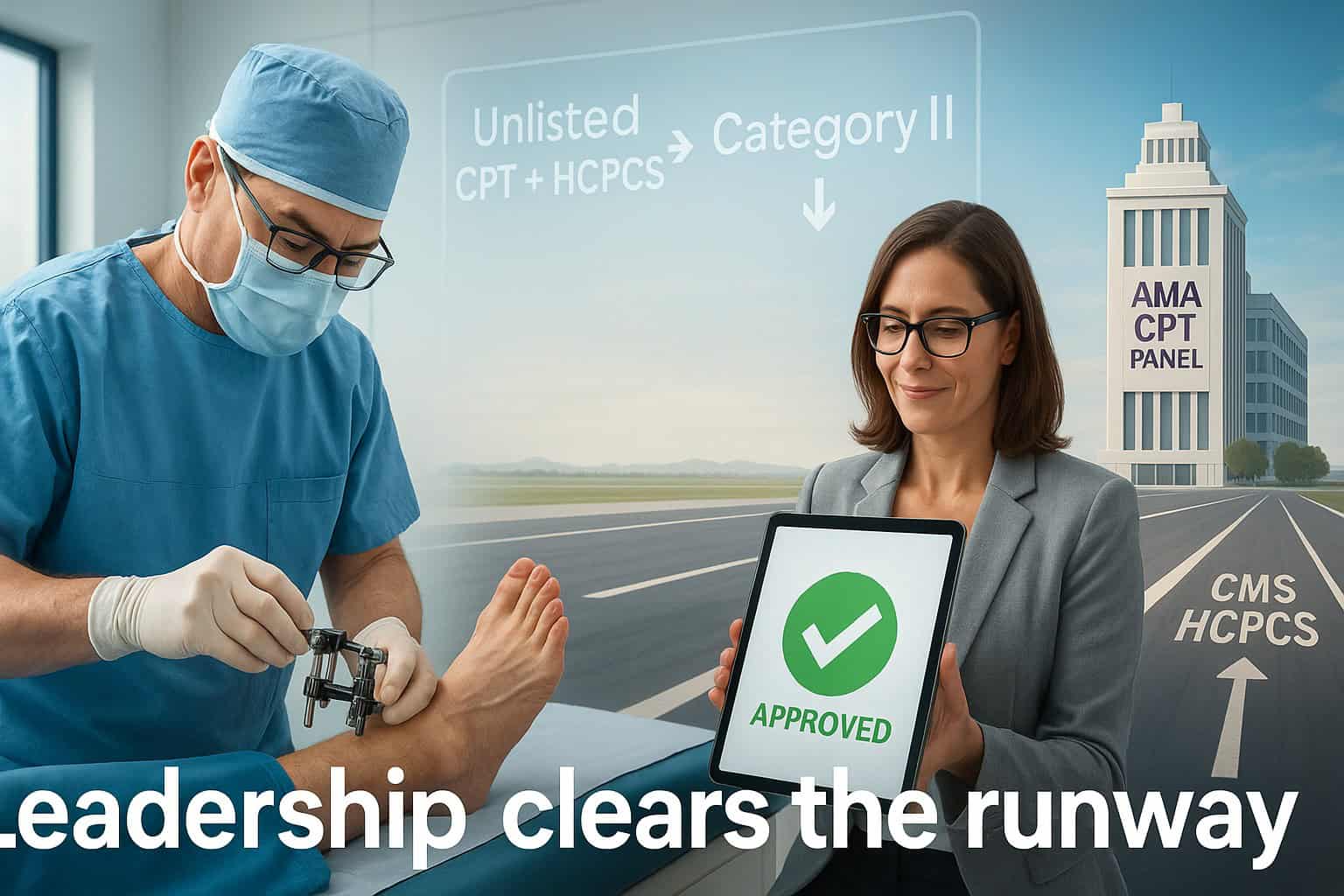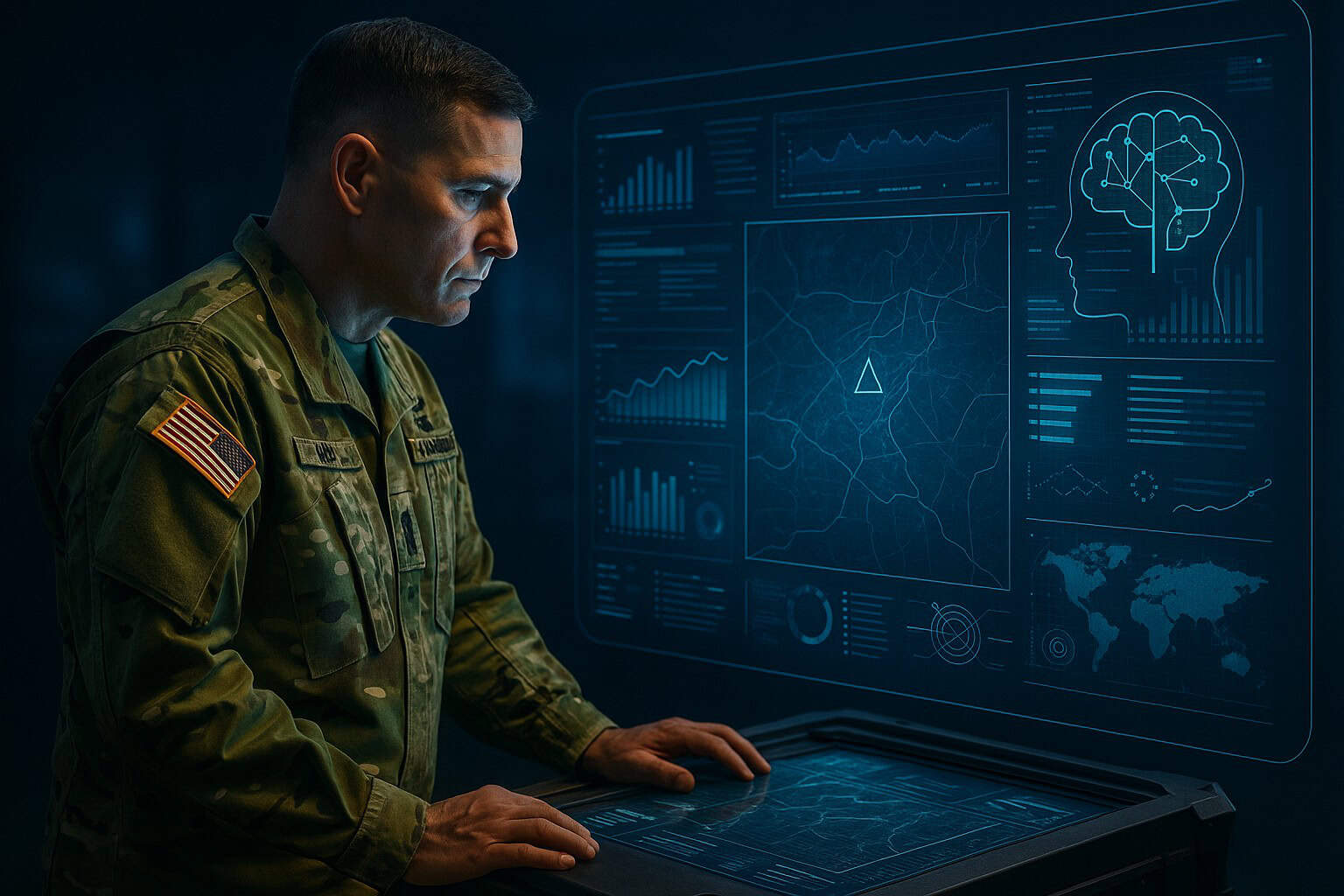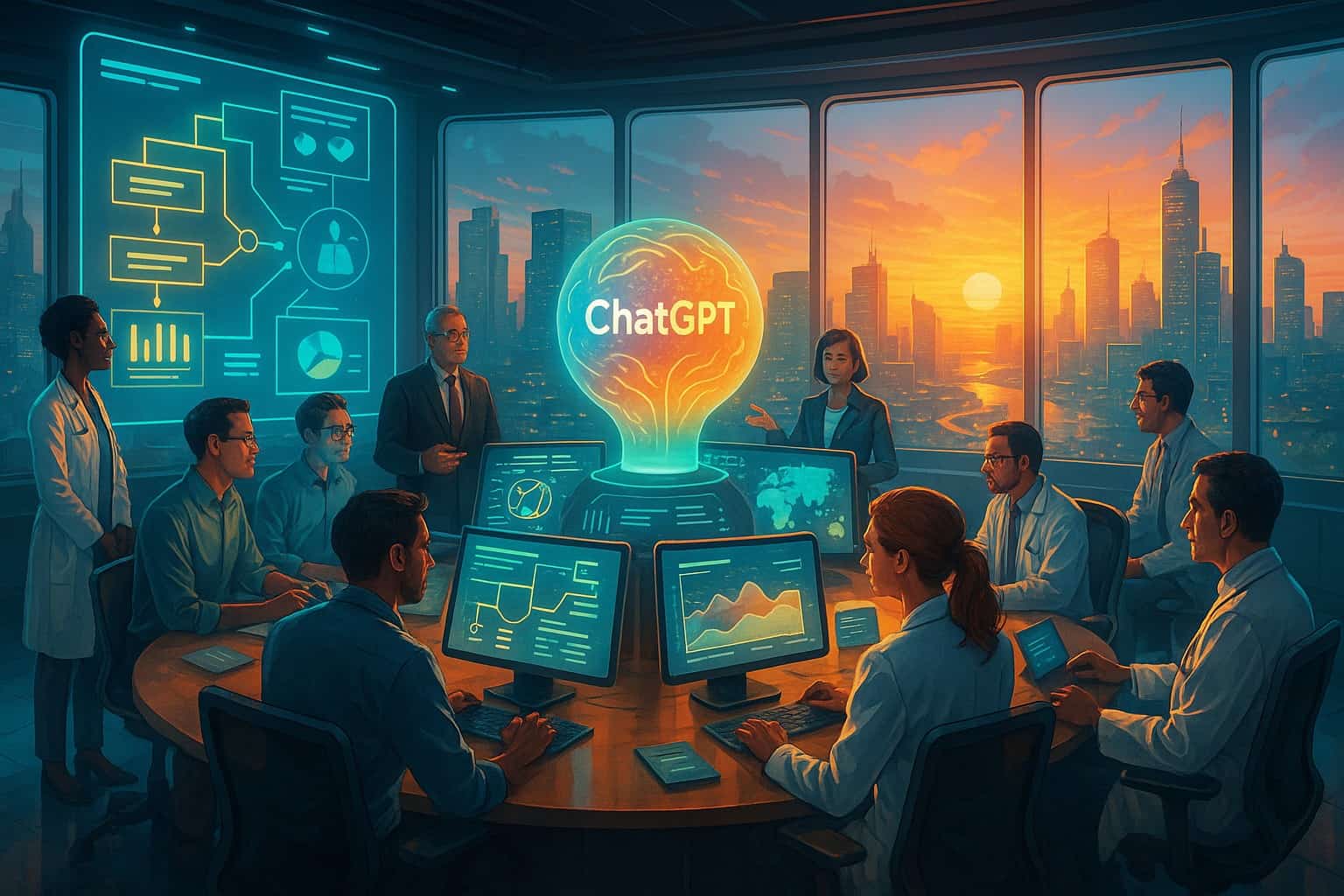
Table of Contents
Introduction To Flying the AI Jet Through the MAHA Storm
Though a pandemic would have brought to light current problems, the opioid crisis has been eroding the basis for decades. The majority of the 107,000 Americans who died from drug overdoses in 2023 were opioids. Still, we lack real-time visibility into community-level hazards. Too frequently, our response to overdoses is fragmented, reactive, and out of sync. That is not a lack of sympathy.
It’s a failure of leadership systems thinking—and now, a missed AI opportunity.
The publication AI For Leaders: Upgrade Your Leadership With Artificial Intelligence by Mia Mia Liljeberg provides a sharp, actionable primer on artificial intelligence, demystifying its function, potential, and practical execution. I’ve adapted their roadmap for our world: the upstream, strategic health leader (SHELDR) navigating the turbulent health and human services skies in the Make America Healthier ASAP (MAHA) era.
Today’s SHELDRs must shift their thinking from operating in legacy bureaucratic patterns to flying tactical AI jets through high-stakes data clouds, disconnection, and demand. Let’s lock in.
I’ll anchor this flight around one familiar scenario: the public health response to rising overdose deaths in a mid-sized state where opioid use, fentanyl contamination, and housing insecurity intersect.
For too long, local and state teams have flown blind—operating weeks behind on mortality data, juggling disconnected reporting systems, and relying on word-of-mouth to detect overdose hotspots. It’s like trying to pilot a fighter jet with fogged-up instruments and one earplug in.
Now, Enter AI To Counter MAHA
First, align your systems with your mission. AI isn’t here to impress—it’s here to outmaneuver chaos. Use AI to integrate data from EMS, emergency departments, shelters, and community outreach in near real-time. Set clear mission goals: reduce overdose deaths by 15%, deploy naloxone to the top 10 risk zip codes, and connect 1,000 individuals to treatment within 72 hours of reversal.
Once the mission is clear, the data needs to flow. Data isn’t just radar—it’s fuel. Most agencies have the data, but it’s scattered like debris on a tarmac. Build a centralized data strategy that pulls from Medicaid claims, police response logs, EHRs, and needle exchange reports. Apply Natural Language Processing (NLP) to case manager notes to identify people expressing suicidal ideation or escalating pain. Let the system flag them faster than your staff ever could.
And Don’t Try To Go Full Throttle On Day One
Start small, scale smart. Pilot AI to automate overdose hotspot detection using EMS dispatch data. Watch patterns in real time. Add social media sentiment analysis. Then, bring in housing authority data. You’ll start seeing patterns—overdoses spike when shelters reach capacity or when social benefits are disrupted.
The fight pilot doesn’t fly solo. Upskill your workforce fast. Case managers need to understand how these alerts are generated. Emergency planners need to learn how to read AI dashboards like flight paths. Community health workers need practical and field-ready AI literacy. Equip your crew or prepare for a crash landing.
Now, The Hard Part—Ethics
What if your model identifies more overdoses in Black neighborhoods, but the response isn’t adjusted to match that need? What if the algorithm denies resources based on outdated assumptions or incomplete data?
No SHELDR should use AI without an ethics checklist, a community advisory group, and built-in auditability. These are not just safeguards—they are essential systems checks for the mission.
This Fight Can’t Be Won Alone
Infrastructure of technology is important. Operating an F-22 calls far more than a worn-out runway. For model iteration, AI requires scalable cloud platforms, safe pipelines, and Machine Language (ML) Ops tools. Relying on antiquated spreadsheets means you are not flying; rather, you are stuck on a pushcart.
Success in health means partnering across the ecosystem—tech vendors, state health departments, academic think tanks, and lived-experience experts. Make data-sharing agreements. Embed academic data scientists into public health teams. Run joint exercises. Train together like a squadron.
Why Is All Of This Urgent?
In the MAHA era, SHELDRs don’t just manage—they lead systems into transformation. AI is not just a tool—it’s an accelerant. It’s the jet fuel to re-engineer public health, redesign Medicaid, and redeploy frontline assets based on real-time intelligence instead of quarterly lagging indicators.
While artificial intelligence won’t take the role of people, health leaders who can use it will take the place of those who cannot. If you are still on the fence about using AI, you are behind schedule. AI is not optional in the new battlespace of fentanyl surges, chronic illness hotspots, and maternal mortality disparities; it is your eyes in the sky, your wingman, and your operational edge.
Call to Action
We must stop flying by gut feeling and start flying with augmented intelligence.
So, SHELDRs—strap in. Take the stick. Learn to read the new instruments. And fly the mission like lives depend on it—because they do.
Discussion Questions
- Where are we spending the most time on repetitive tasks that could be automated or augmented by AI? This opens up honest conversations about inefficiencies and burnout and where AI could relieve pressure without threatening jobs.
- What decisions are we making today based on gut instinct or outdated reports that AI could help us make faster and more accurately? This question helps staff identify gaps in real-time intelligence and encourages thinking about predictive capabilities.
- If we could pilot one AI-powered project in the next 90 days that aligns with our mission, what should it be—and why? This dicussion ties strategy to execution with a defined timeframe and responsibility, stimulates innovation, and sharpens attention.
Learning Activities
- Host a Private AI Strategy Briefing with an Expert Panel: Invite a small group of AI scientists, data ethics experts, and health tech entrepreneurs for a 2-hour closed-door session. Focus on how AI is applied in healthcare operations, population health, and public sector systems. Use actual case studies and challenge them to respond to your organizational priorities.
- Complete a Hands-On Executive AI Mini-Course: Enroll in a condensed, simulation-based AI program tailored for C-suite leaders (e.g., Harvard’s Course on AI in Healthcare: Strategies to Implementation). Prioritize courses with modules on risk, governance, and practical health system applications—not just theory. It requires the creation of an AI pilot proposal that is aligned with your enterprise mission.
- Shadow an Internal AI Implementation Team for 1 Day: Spend time directly with your analytics or innovation unit. Sit in on model reviews, workflow design meetings, or vendor calls. Ask questions. Observe how decisions get made. This frontline immersion builds credibility, sharpens your awareness, and reveals pain points you can remove as CEO.
Other SHELDR Articles:
Supercharge Your Healthcare Future – 6 AI-Powered Secrets to Unleash Untapped Potential
WDYT?
~DrQD
January 31, 20
#AILeadership
#HealthInnovation
#MAHAEra
#strategichealthleadership
#westvirginia
#sheldr




